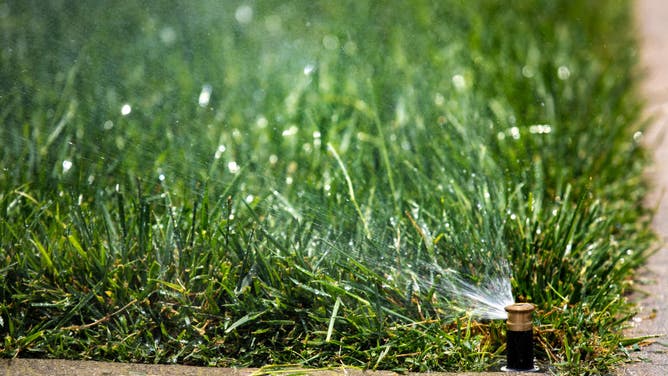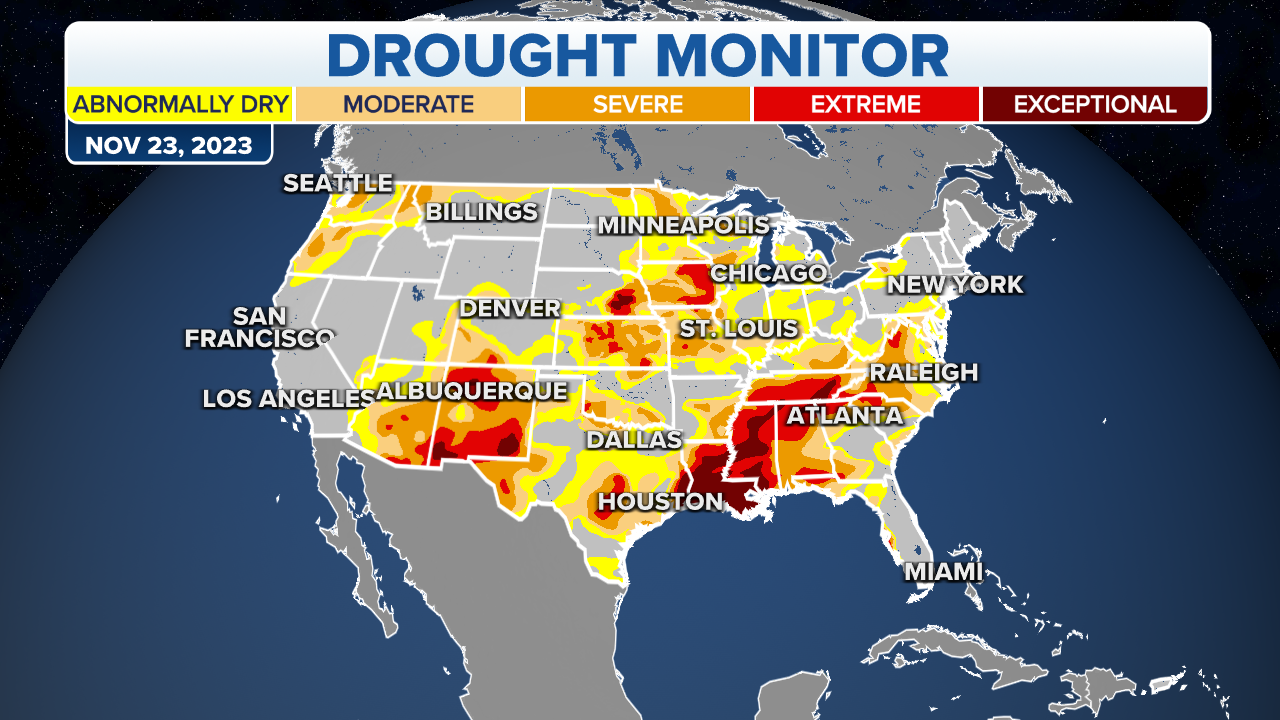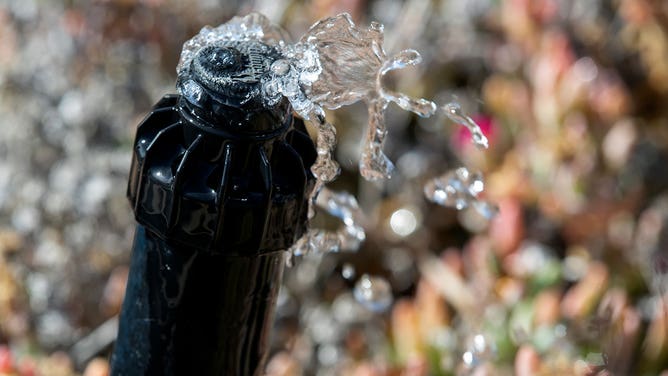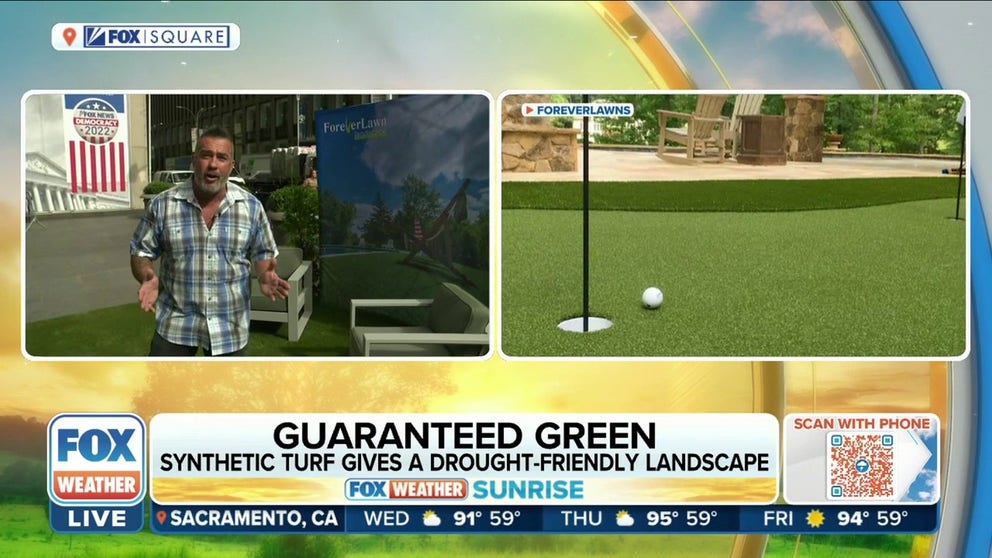When is the best time to water the lawn?
There are more than a dozen types of grasses used in residential lawns across the U.S. Most popular are Bermuda grass, St. Augustine sod and Kentucky bluegrass.
Synthetic grass gives a drought-friendly landscape
Skip Bedell, Home Improvement Expert, talks about the benefits of having synthetic grass.
The U.S. is a country that loves its grass lawns. From Bermuda to St. Augustine to Kentucky bluegrass – there is a species that can grow in nearly every community, but with all that vegetation can come the need for watering.
The Environmental Protection Agency estimates around 20% of homes have an automatic irrigation system that, when used properly, can enhance the landscape and help keep water waste to a minimum.
Due to thousands of microclimates across the country, it is impossible for standard rules to be in place for lawn maintenance.
Some grasses may have to be watered several times a week, while in other climates, it is considered typical just to let Mother Nature take care of the irrigation. However, events such as droughts and flooding can upend watering schedules, leading to the need for homeowner intervention.
Before you hit the on button or turn the spigot on, there are plenty of rules you’ll want to follow to keep the lawn looking fresh, even during the hot summer months.
WHAT SEASON DO FRUITS AND VEGETABLES GROW IN?

LOS ANGELES, CA-MAY 20, 2022: A green lawn on 78th St. in South Los Angeles receives water from a sprinkler. Its going to be a summer of brown grass and hard choices for Southern California lawn owners facing the Metropolitan Water Districts one day a week watering restrictions starting June 1.
(Mel Melcon / Los Angeles Times via Getty Images / Getty Images)
Check for water restrictions first
The first thing you should do is check to see if your community has any watering restrictions.
Counties in significant droughts typically enact ordinances that limit the watering of lawns in order to conserve the precious resource for human consumption and wildfire response.
These types of restrictions are usually found in the Desert Southwest for reservoirs that go weeks or even months without seeing a drop of rain.
Many communities in Florida limit landscape irrigation watering to only two days a week, which can be more than enough during the daily thunderstorm pattern.

When to water
If there is any commonality across the country for watering, it is when you should or shouldn’t turn the sprinklers on.
Agriculture experts suggest you avoid watering your grass after 10 a.m., which is usually the start of the hottest part of the day.
During the late morning and afternoon, the Sun’s rays are at their strongest, and a large amount of water evaporates before being absorbed by the soil.
PET OWNERS SHOULD AVOID GROWING THESE POTENTIALLY DEADLY PLANTS

Photograph shows the amount of water coming out of a sprinkler after a water flow restrictor device was installed on a water meter during a demonstration at a home in Calabasas.
(Mel Melcon / Los Angeles Times via Getty Images)
Some studies show that watering during the 10 a.m.-4 p.m. timeframe could result in losses of at least 20-30%.
When the Sun is at a minimum, the typical loss estimate drops to 15% and is still seemingly high due to effects such as humidity and temperature.
Many experts also warn there is such a thing as watering grass too early when absorption and evaporation are minimal.
"Watering at night usually means that the grass stays wet longer, which can increase the risk of fungus problems," authors at a Colorado State University extension wrote.
A healthy lawn out of summer means less maintenance will have to be done during the off-season months.
